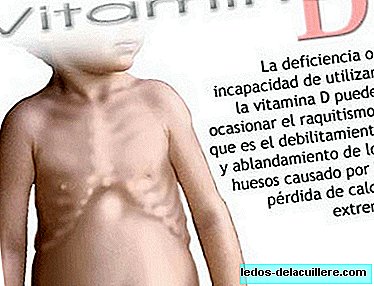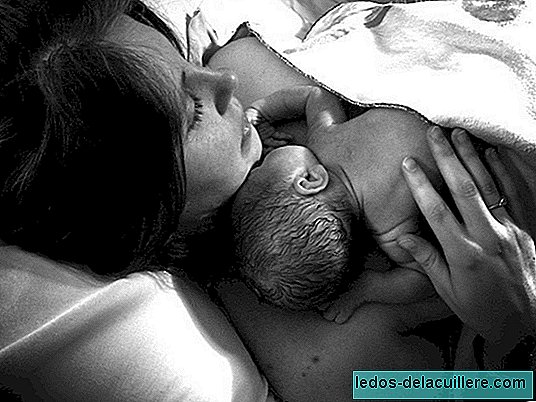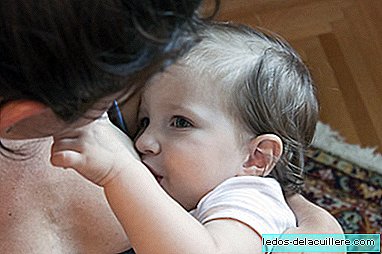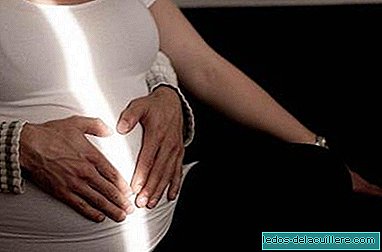
Throughout the pregnancy, the baby's respiratory system is formed until the lungs mature completely around week 36 or 37. During the birth there is a change from a liquid to a gaseous medium and the newborn's respiratory system experiences changes that allow the baby to breathe.
When breathing, there is an exchange of gases in the pulmonary alveoli with the medium, carbon dioxide is discarded and oxygen is captured. To successfully establish normal breathing after birth, there should be no obstructions in the respiratory tree and there must be good neurological maturity that controls the inspiration-expiration movement.
During pregnancy, the fetus performs this gas exchange through the placenta. In the mother's breast, the lungs of the fetus are filled with fluid.
Most of the blood does not pass through the baby's developing lungs; instead, it travels through the heart and flows along the baby's body. At seven months of gestation all bronchial and pulmonary alveoli are formed.
During childbirth, the fetus lives a situation of significant stress and the fluid in your lungs is reabsorbed or expelled through the mouth so that the newborn can perform the first breath.
In a normal delivery the pressure of the baby's chest suffers, as it passes through the birth canal, it helps to eliminate the pulmonary fluid, mucus and amniotic fluid. This is one of the reasons that explain why in normal conditions vaginal delivery is better than caesarean section, it is the natural way of preparing the baby's organism for extrauterine life.
The air enters the baby's lungs
The average time for the establishment of regular breathing in the newborn is about 30 seconds. The first breath sounds like a gasp, as the central nervous system of the newborn reacts to the sudden change in temperature and environment.
A third of the baby's blood and oxygen remain in the placenta for 5 or 10 minutes after birth, so if premature cut of the umbilical cord does not occur it will continue to oxygenate the baby who gets a calm and relaxed discovery of the world outside and breathing.
The practice of premature cord cutting means that babies are instantly deprived of oxygen. Then the baby tries to breathe before the mucus and the amniotic fluid have come out (that's why they have nasal aspiration and a blow to the back).
Once the alveoli are filled with air for the first time, a substance called pulmonary surfactant ensures that they do not collapse.
Pulmonary surfactant is present in the fetus at 34 weeks gestation and is very helpful at the time of the first breath, because it reduces the pressure that the baby has to make to open the socket for the first time. This substance is responsible for keeping the lungs always open and not closing when the air is exhaled at each breath.
In summary, once the umbilical cord is cut and the baby performs the first breath, these are the changes that occur in your lungs and circulatory system:
- The increase in oxygen in the lungs causes a decrease in the resistance of blood flow to the lungs.
- The resistance of the blood flow of the baby's blood vessels increases.
- The amniotic fluid drains or is absorbed from the respiratory system.
- The lungs inflate and begin to work on their own, bringing oxygen to the bloodstream and removing carbon dioxide through exhalation.
The first breath after a C-section
Even if they are born at term, babies born by a C-section are more likely to have difficulty breathing than babies born by the vagina.
If the natural birth has begun with contractions that have compressed the baby, even with a certain fetal descent through the birth canal, although it ends in a caesarean section there will have been some expulsion of the fluid that occupies the baby's lungs (although not as much as if indeed it had crossed the entire channel).
If the delivery has been by scheduled caesarean section where the mother has not been in labor, has not had contractions and the chest of the newborn has not been compressed along the birth canal, it may take up to several hours until all the fluid in the The lungs are reabsorbed.
That is why babies born by caesarean section have a greater tendency to sneeze and cough and sometimes choke on the liquid that tries to leave.
Ideally, in vaginal delivery, a little delay be allowed baby's first breath, his first achievement in his new life, and allow him to come into contact with his new environment and with his mother attached to the placenta by the cord.












